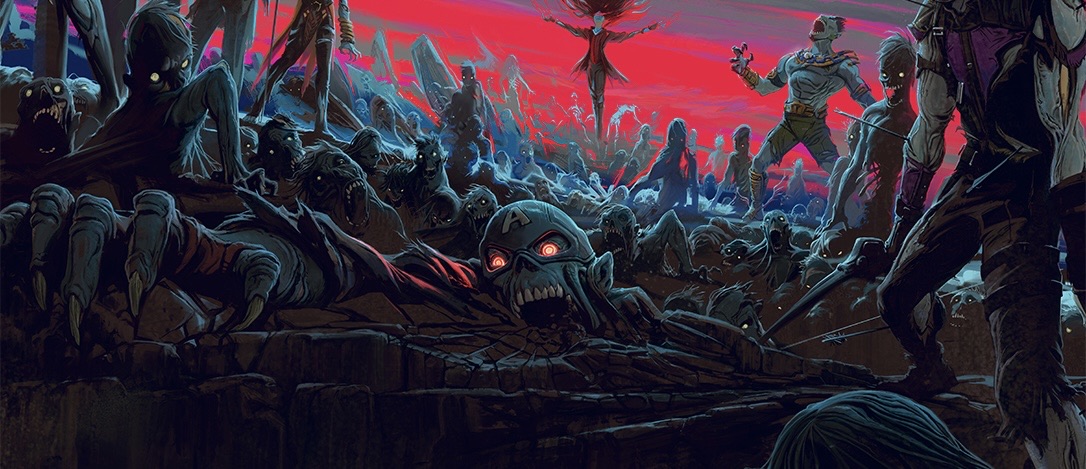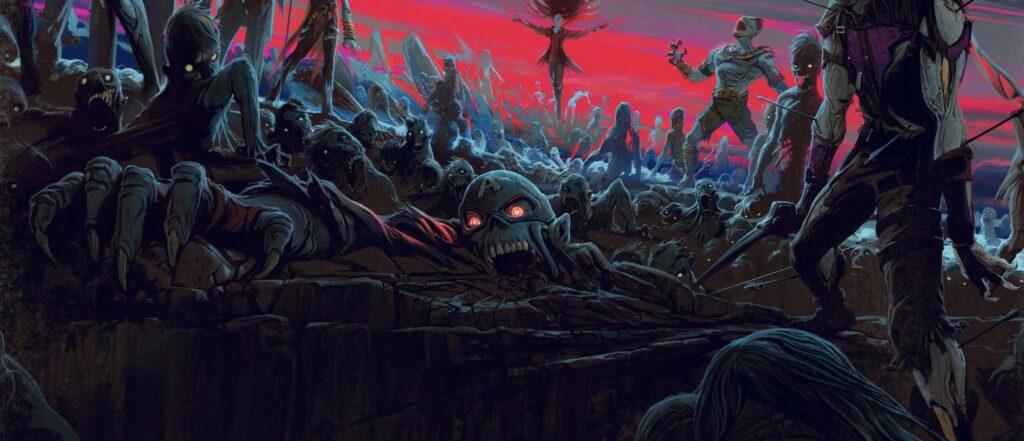Heavy metal changed modern music by introducing unprecedented levels of power, volume, and technical complexity, particularly in guitar-driven soundscapes, while also fostering a dedicated subculture and inspiring numerous subgenres like thrash, death, black and progressive metal. The influence that metal had expanded beyond music, impacting fashion and art, and later incorporating elements of other genres to reach new audiences and reduce its controversial image. Characterized by distorted guitars, aggressive rhythms, and often dark themes, it represented a significant shift in modern music’s landscape
The Birth of Heavy Metal
The roots of heavy metal go back to the late 1960s with bands like Black Sabbath, Deep Purple, and Led Zeppelin. These groups took the blues and turned up the volume — literally. With darker themes, distorted guitars, and thunderous drums, they forged a sound that no one had heard before. The term “heavy metal thunder” in Steppenwolf’s 1968 song “Born to be Wild“ gave the burgeoning genre its name, but Black Sabbath is often credited with defining the genre with their 1970 self-titled debut album “Black Sabbath”, which featured the amplified, distorted and dark sound that would become a key characteristic of metal.
How Heavy Metal Influenced Other Genres
Metal influenced a vast array of genres by contributing extreme elements like distorted guitars and complex song structures to punk, which led to thrash, death, and black metal; by fusing with other styles to create alternative metal, which incorporated elements of hip-hop, funk, and industrial into genres like nu metal; and by adding elements of classical and folk music into progressive, symphonic, and folk metal, respectively. Without metal, we wouldn’t have hard rock, grunge, or even certain elements of hip-hop and EDM. Its focus on rebellion, rhythm, and identity paved the way for future artists to express their anger, power and emotion without limits.
Heavy Metal in Modern Music Today and Society
Heavy metal in modern music today is experiencing a significant comeback, driven by artists like Sleep Token, Spiritbox and Jinjer who achieve global visibility and chart success through social media platforms like TikTok, YouTube, etc., the sound of metal continues to evolve. The production is cleaner, the riffs sharper, but the spirit — the defiance and emotion — remains untouched. Modern artists continue to channel the same passion that made metal unstoppable in the first place. And the influence that metal has on popular culture extends to its role as a platform for social and political commentary. Through lyrics, imagery, and public statements, heavy metal artists have addressed issues ranging from war and environmental concerns to individual rights and societal norms.
Final Thoughts
Heavy metal is a fundamental subgenre of rock music, characterized by its amplified volume, distorted guitar tones, powerful bass and drum rhythms, with lyrics frequently exploring themes of rebellion, aggression, and social dissent.
check out this playlist, some of my favorite metal tracks and the youtube video below exploring the entire history of metal


Leave a Reply